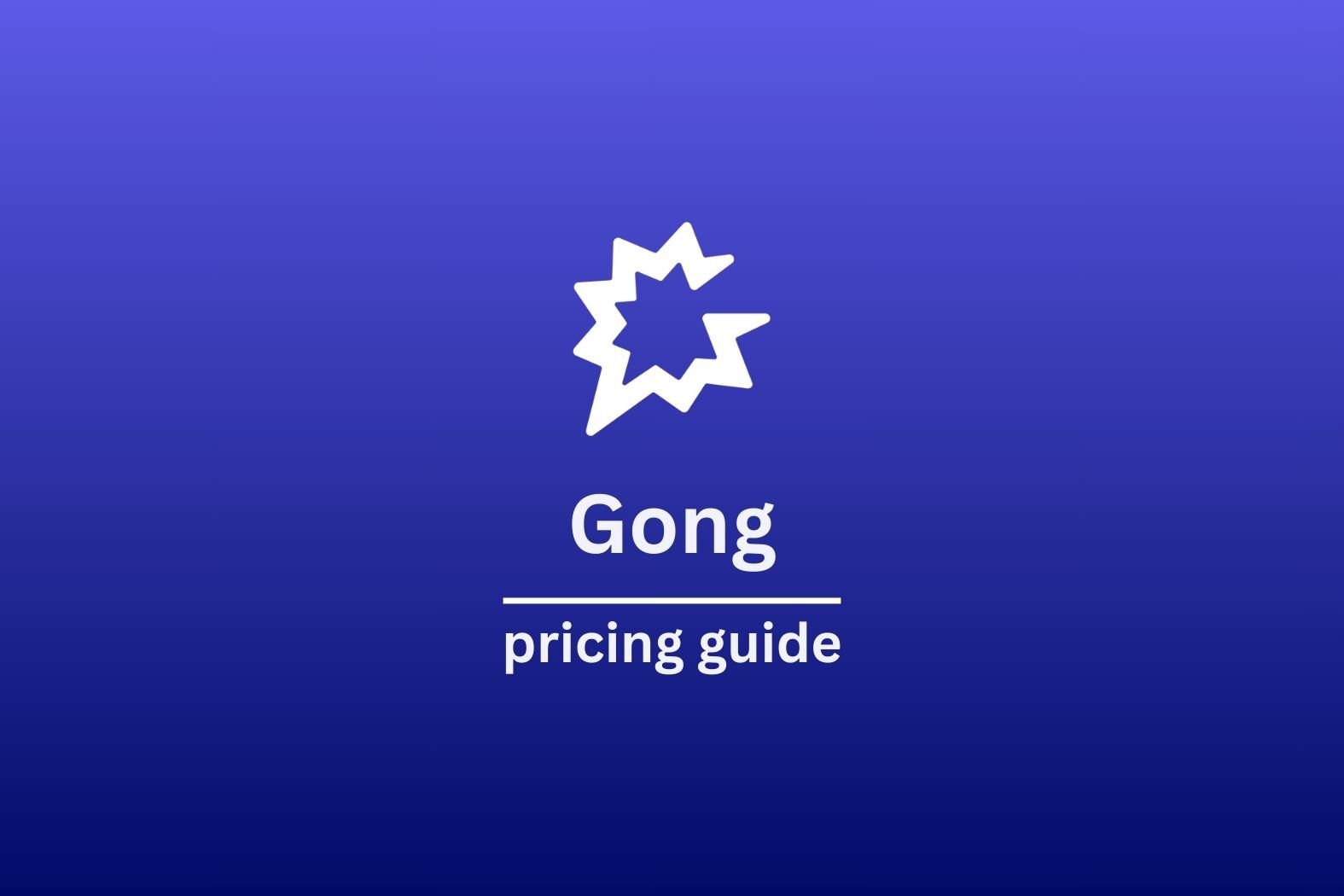One of the best things you can do in a sales call is actually an absence of doing anything at all. Just be quiet. Silent. Zen. Basically, shut the f*ck up and let your prospect do the talking. You get better results and you can give your vocal chords a good ol’ rest. What’s not to like?

The Benefits of Pausing in Sales Calls
There are three general benefits to pausing that you should be aware of.
1. No Interruptions
The first benefit is that you won’t interrupt your prospect. They are the most important person in the meeting; without them you’re selling stuff to thin air. That means you want them to be doing the talking. Lots of it.
If your prospect has seemingly stopped, don’t be too quick to pounce on the silence. Get comfortable with it. They may just be collecting their thoughts, and if you interrupt them, they’re unlikely to get those thoughts back.
Your primary goal during a sales call is to gain the trust of the prospect. If they feel like you’re truly listening to them, rather than trying to shove your product down their throat, then they’re far more likely to commit.
Try pausing for a few moments and you’ll often find that the prospect will continue speaking.
2. Consider Their Words
Carefully consider what your prospect just said. Not only will this help you come up with a clearer and more concise response, but it also shows the prospect that you’re somebody who cares what they say. You’re listening to them, and as surprising as it might sound, people do enjoy being listened to.
If they’ve expressed a doubt or concern, you can take this a step further by using the prospect’s own words to clarify the issue when providing the solution.
While it’s only a simple thing, having a moment to reflect on what the prospect said implicitly lets them know that you respect their thoughts. This is a subconscious confidence-booster and definitely makes a prospect more likely to trust you. However, it can’t just be for show. You don’t want to pause to appear like you’re listening but you’re really thinking of race cars. You need to actually reflect and show that in your response.

3. Understand Deeply
People like to feel understood. They like to feel like they’re not alone – that their crazy thoughts are shared by others. By utilizing the power of the pause, you can better digest what your prospect said. The longer you spend reflecting on your prospect’s words, the stronger your understanding will become. We’re not telling you to burst into a full-on meditation session in front of your prospect, but it’s well-worth a deep reflection in the moment.
By showing through action that you’re a thoughtful person, you immediately become more valuable in terms of business. Prospects will want to do business with you because you actually listen. You don’t just say you do. You do it and you have a firm grasp on their meaning, too. You understand them and you respect them. This is the fundamental basis of a good relationship.
When to Pause in a Sales Call?
Okay, so we’ve covered why pausing is important. But you don’t want to be pausing willy nilly to try and prove your point. Your prospect might feel like you’re more of a malfunctioning robot in that case.

If in doubt, it’s better to pause and reflect than waffle, but there are certain times where a pause is a particularly excellent reaction. Here are seven ways you can incorporate pauses into your sales calls.
1. After You Say Your Prospect’s Name
Research shows that people experience unique brain activity when they hear their name. This activity is similar to other self-representational behaviors, like seeing your reflection in a mirror. Most importantly, it triggers the person hearing their name to pay attention.
This is a useful strategy for gaining more attention when you’re about to say something important. Say their name, pause, and reel them in before you pull out the big guns.
Surprisingly, this phenomenon has also been observed in patients that are in a persistent vegetative state. Patients that are unable to move, speak, identify others, or even open their eyes in some cases, all experience the unique brain activity when they hear their name.
2. After You Name a Benefit
When you’re talking about your product or service, you’ll want to pause after saying something that the prospect will benefit from. Whether it’s a feature or some other kind of key point, let it sink in. Let your prospect simmer in thoughts about that specific benefit for a moment before giving them something new.
This does two things.
- It allows the prospect time to mull over how the benefit would affect them
- It gives them a chance to ask a clarifying question so that you can elaborate on the benefit
Don’t underestimate this time in the sales call. This is when you’re in full flow, explaining how your product is the solution to their problem. Let them have a moment every now and then to take it all in.
Don’t be afraid to sit back and be quiet for a moment.

3. After You Ask a Question
Most sales people talk too much. In fact, you can’t get the average sales person to shut up. They’re afraid of giving the prospect control because they think they’ll say no. However, by pausing, you open the floor to your prospect to think and evaluate what you’re saying. You’re respecting their time and opinion, and not trying to push them for an answer.
When you ask a question, let it sit. Let the prospect take their time. You’re only going to confuse them by constantly filling the silence with words. That’s going to put them off rather than entice them to evaluate what you’ve asked.
4. After a Trial Close
A trial close is a sales technique that checks the prospect’s readiness and willingness to buy. They’re not meant to pressure the prospect, rather they’re used to gather feedback so that you can address any further pain points. When you ask a question such as, “Does that make sense?” you should leave a pause for them to consider and answer.
When they do respond, listen to their tone. Are they hesitant? Or are they confident and assured? Address their tone as well as their answer, as they may not be telling the truth with their words. This is where your true listening skills come into play. If you can pick up on what’s wrong, you’re more likely to identify the issue and come up with a solution for it. If you take their “yes” at face value, even though there’s clearly hesitancy, then you might end up missing out on the deal because your prospect isn’t on the same wavelength.
Again, ask the question and then pipe down.

5. After Receiving an Objection
Weaved into the tapestry of fate, objections are completely unavoidable. But don’t pounce on the objection. Trying to solve it as quickly as possible usually pushes the prospect away. It makes them feel as though you aren’t fully listening or comprehending their concern.
By pausing after an objection, you give the prospect a chance to expand upon it. You also give yourself time to come up with a strategy to resolve their concern and paint your product in a positive light.
This also shows that you’re giving criticisms a fair chance. You’re not dismissing them or invalidating the prospect’s concerns. This increases trust, making you seem more like a well-polished professional – someone a budding buyer would be more willing to do business with.
6. After Resolving an Objection
Your prospects will have objections. That’s just the way it is. You can find some of the most common objections here so that you can prepare for them, but even then, you’ll want to give a nice, long pause after your response. That’s because they may have follow up objections. Your job isn’t done yet.
Remember your product’s key differentiators, but don’t respond too quickly with them or you’ll seem desperate. And definitely don’t butt in with them or you’ll just seem plain rude. Listen to your prospect, respect their opinions and concerns, and then see if you can find a way to resolve them.
Again, pay attention to the tone of your prospect’s response. Do they really sound like they’ve been understood and that their concern is gone? If not, you can use this time to ask a follow-up question to further remedy the problem. Just give your prospect lots of time and space. Let them fill it when they’re ready.

7. After You Ask For the Sale
Hands down, this is the most important part of the pitch. You know what that means? You got it. Keep your mouth shut!
The biggest decision is about to be made. Prospects will be quickly turned off if you’re continuing to talk. It’s also been known for sales people to talk themselves into a hole by introducing new concerns after the trial close. This is akin to going round in circles. You want to get in, solve the problems, and get out with a deal.
How Do You Pause?

Pausing is easy. Look…
I just did it.
It’s as simple as not talking. While you might be tempted to fill the silence, don’t give in. Let your prospect fill the silence, or at least give a long enough pause to digest what they’ve said and come up with a response that isn’t generic. Use the prospect’s words back to them so they know you’re listening.
It’s often suggested to pause for around 3-5 seconds. Obviously, you don’t want to do crazy long pauses and make everybody uncomfortable. Read the room. If you’re a salesperson, I’m gonna go out on a limb and say you should be able to talk with people at a high enough level to understand intuitively when to pause and how long for.
The main challenge is overcoming the urge to speak due to nerves or feeling like your prospect is slipping away. However, counterintuitively, you’re more likely to drive them away by talking than you are by letting them speak. You want to understand where they’re coming from and meet them there. When you meet them at their mindset, you can gradually guide them to the solution they need.
Show them the path through pauses.
Pause Away
If you’re unsure how good your pause game is, you can record your virtual sales calls and rewatch them to analyze your performance. It’s the best way to improve. You’ll be able to see both you and your prospect’s reactions, so you can see their subtle expressions when you talk and when you don’t. You’ll also be able to watch them as you’re speaking to see if there are any signs that they are glad you’ve listened.
It’ll all be there in the recording. And if you’ve got tons of videos, you can create clips to get them all into one smooth highlight reel. It’s fantastic for training when onboarding new employees for this exact reason!





